Pixar Work
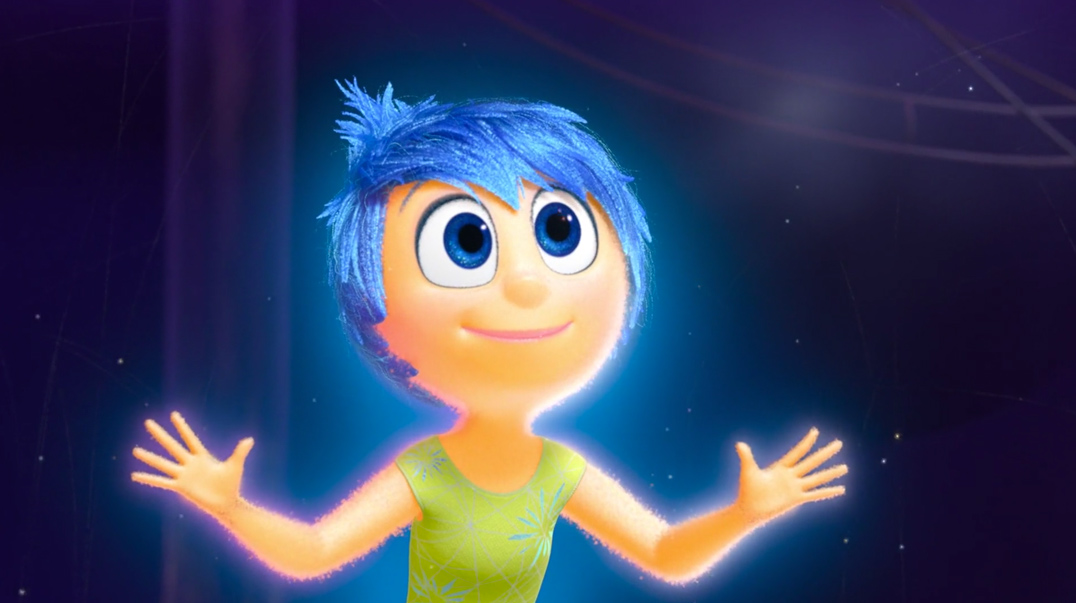

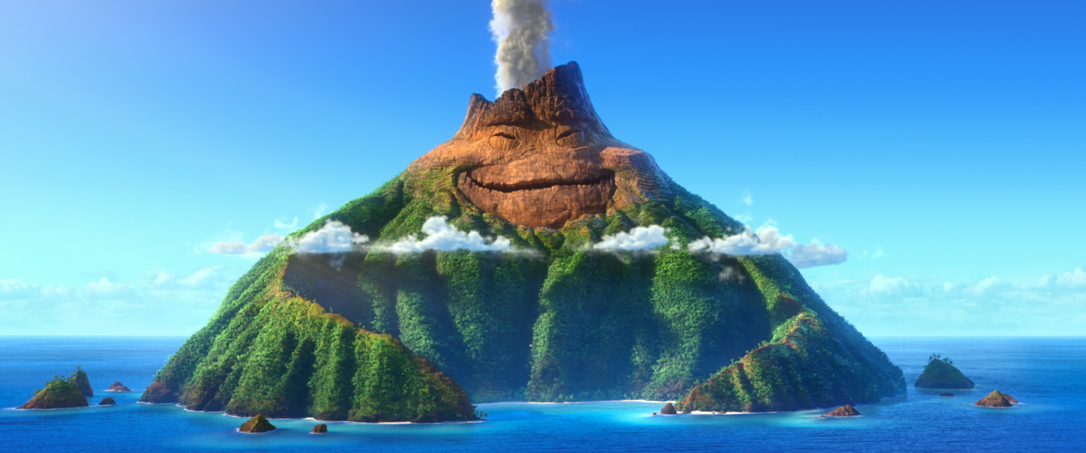
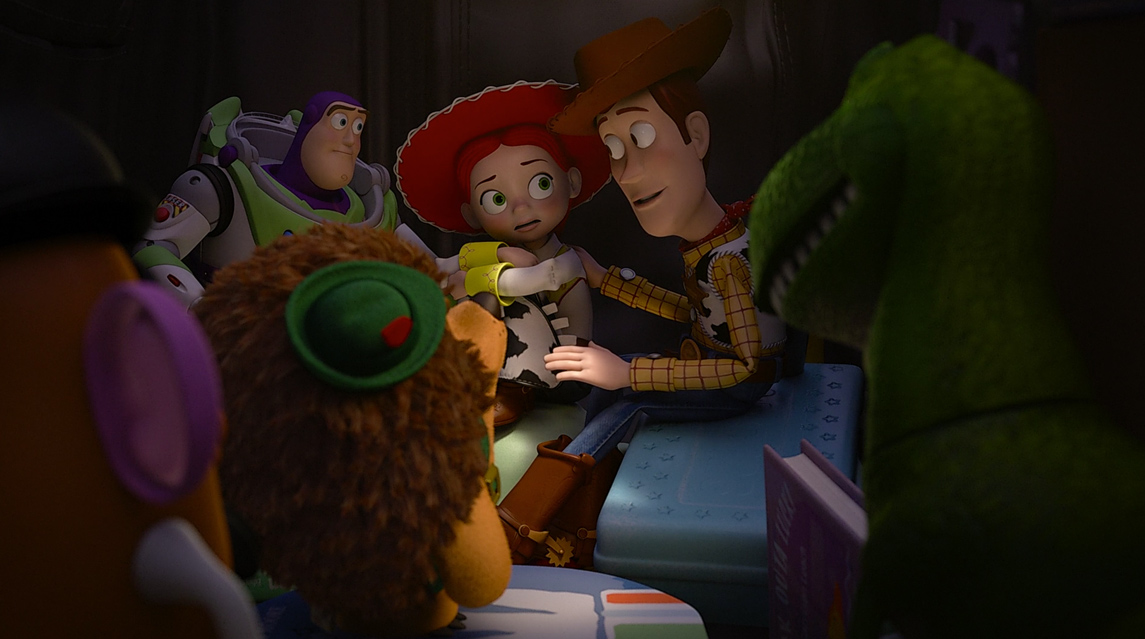

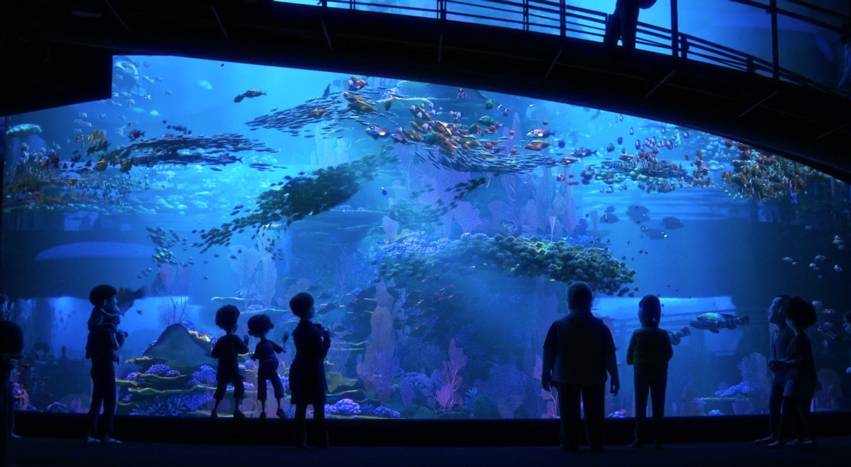
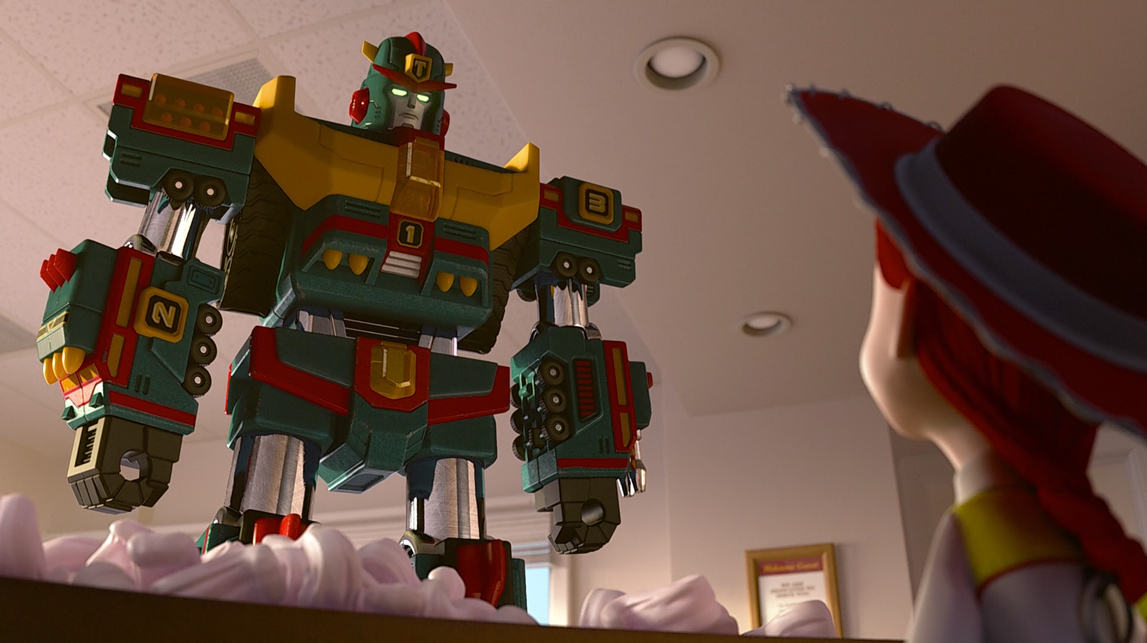
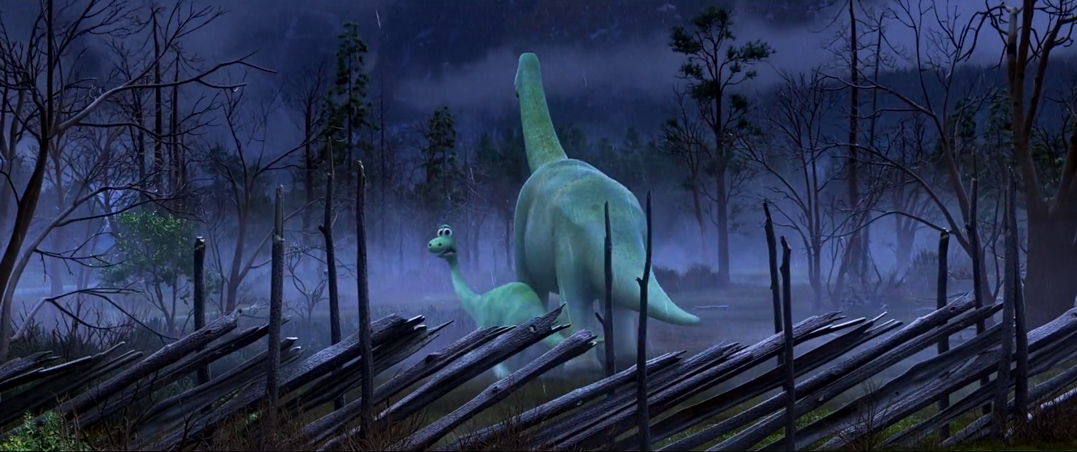

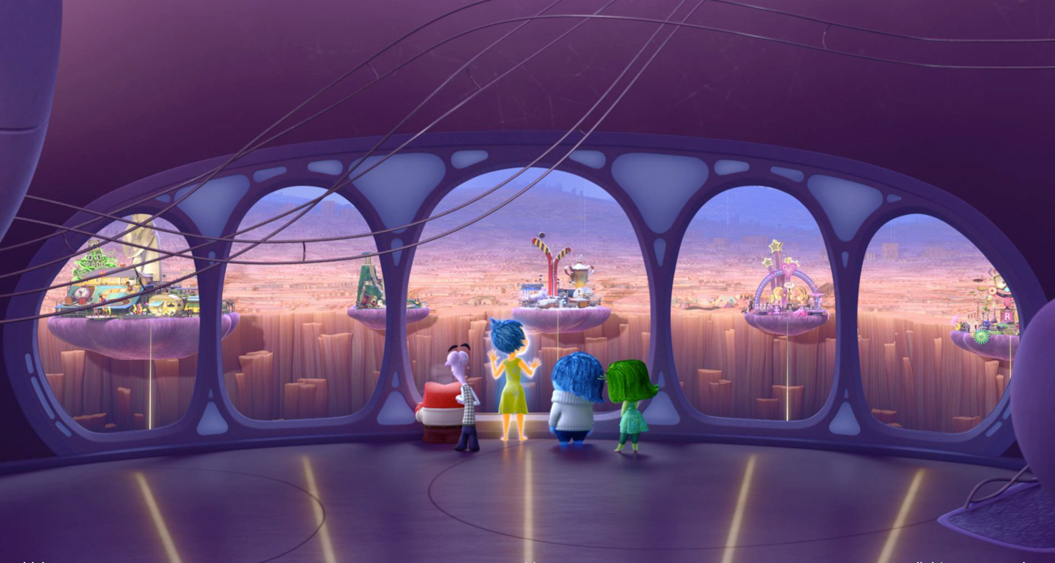
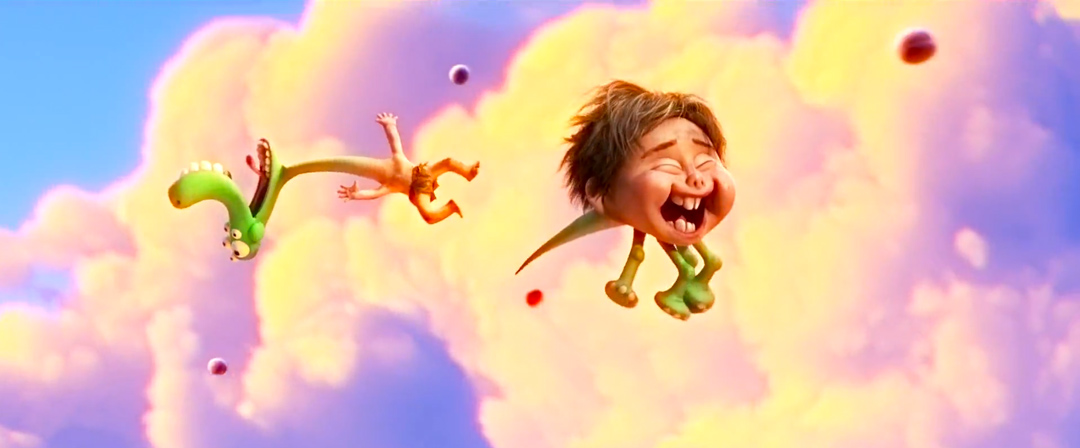

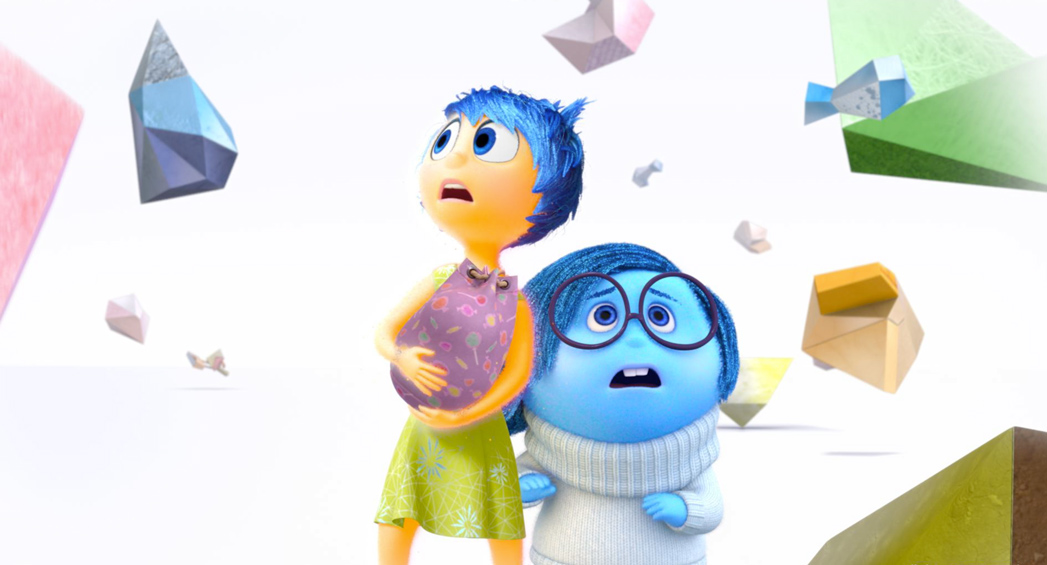
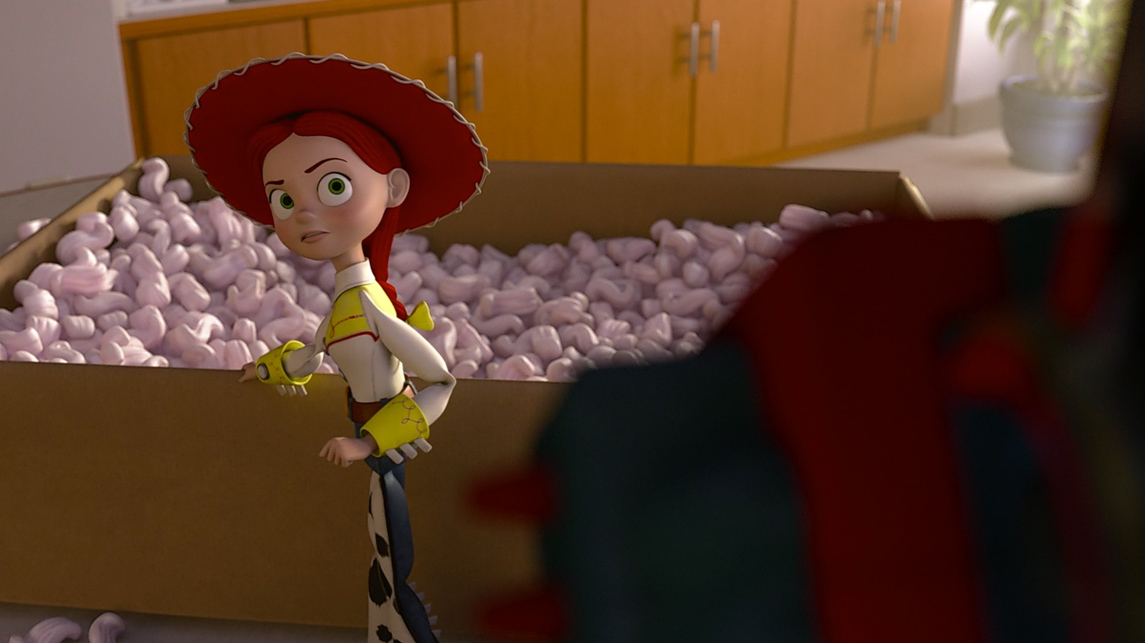
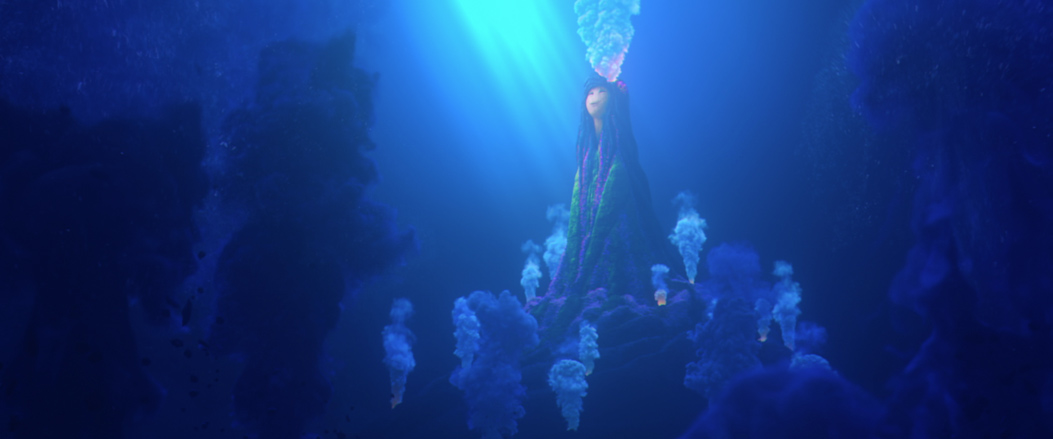
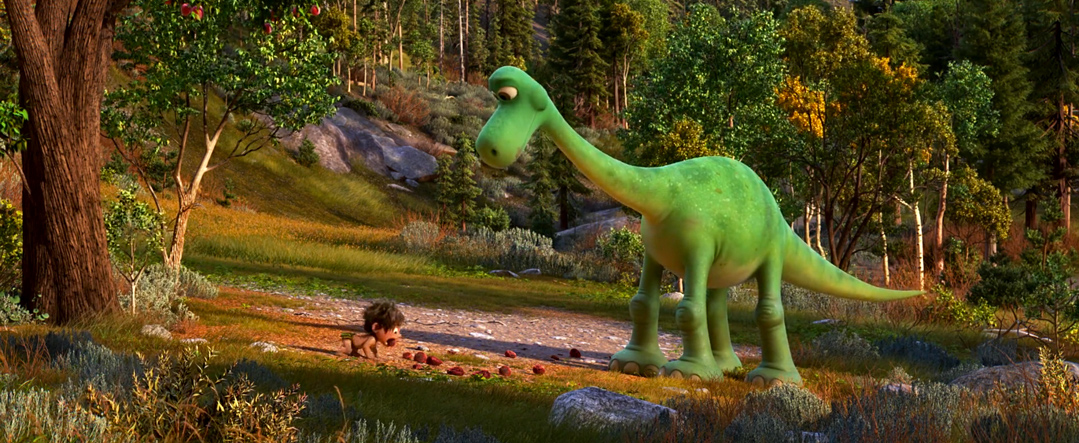
PIXAR CREDITS :
Finding Dory
Piper
The Good Dinosaur
Inside Out
Lava
Toy Story of Terror
Monsters University
Shots I composed – virtually!
I started at Pixar as a Layout Artist in 2011 and contributed to seven projects before leaving in May 2016.
I also served as the Camera DP on the animated short Lava.
Inside Out: Layout / Boards
Watch Comparison Reel
Watch Same Reel w/ Commentary
Toy Story of Terror: Layout / Final
Toy Story of Terror is a 21-minute TV special that Pixar did for ABC back in 2013. Somewhere in between a short and a feature, it was one of the seven projects I had the privilege of contributing to as a Layout artist.
Here is one of the two sequences I did layout for, under the direction of Matt Silas (DP) and Angus MacLane (Director). I was charged with translating the 2D storyboards into shots in 3D. Shot composition, camera movement, staging and rough timing of the characters.
On the left, you can see my Layout. On the right, the Final!
What is Layout?
I'm going to let the talented Joaquin Baldwin (Disney) explain, since he does it so well:
"Layout involves a bit of animation, lighting, editing, modeling, and a lot of composition and good use of camera for a clear narrative. Sometimes we follow what is indicated in the storyboards, sometimes we break away from it entirely and come up with our own beats and ideas, it's a very creative endeavor."
My office at Pixar. Look ma, I'm a grown-up!
"The process works somewhat like this: We layout artists receive the storyboards in the form of a movie, cut by the editor. We need to build up the first 3D representation of that storyboard, in a full cinematic form, by using the characters, sets and props created by the modeling departments. We animate the characters (roughly, not very cleanly, it's all about efficiency and iteration), we sometimes model our own sets and props when they don't exist yet, we place some temp effects and lights, and most importantly, we make the choices of camera and composition."
"What lens frames this shot better? What f-stop? What type of camera move expresses the right feeling and emotion? How do the shots combine together? What angle showcases the right attitude? How can we stage the characters in the frame to tell the story better? We have all of this in consideration, and apply a ton of cinematic tricks to make the action clear, the emotions specific, the framing and composition well crafted, and the timing precise. It's a bit of a generalist job, with a strong focus on visual storytelling."
I hope to post more work at some point. Thanks for visiting!


